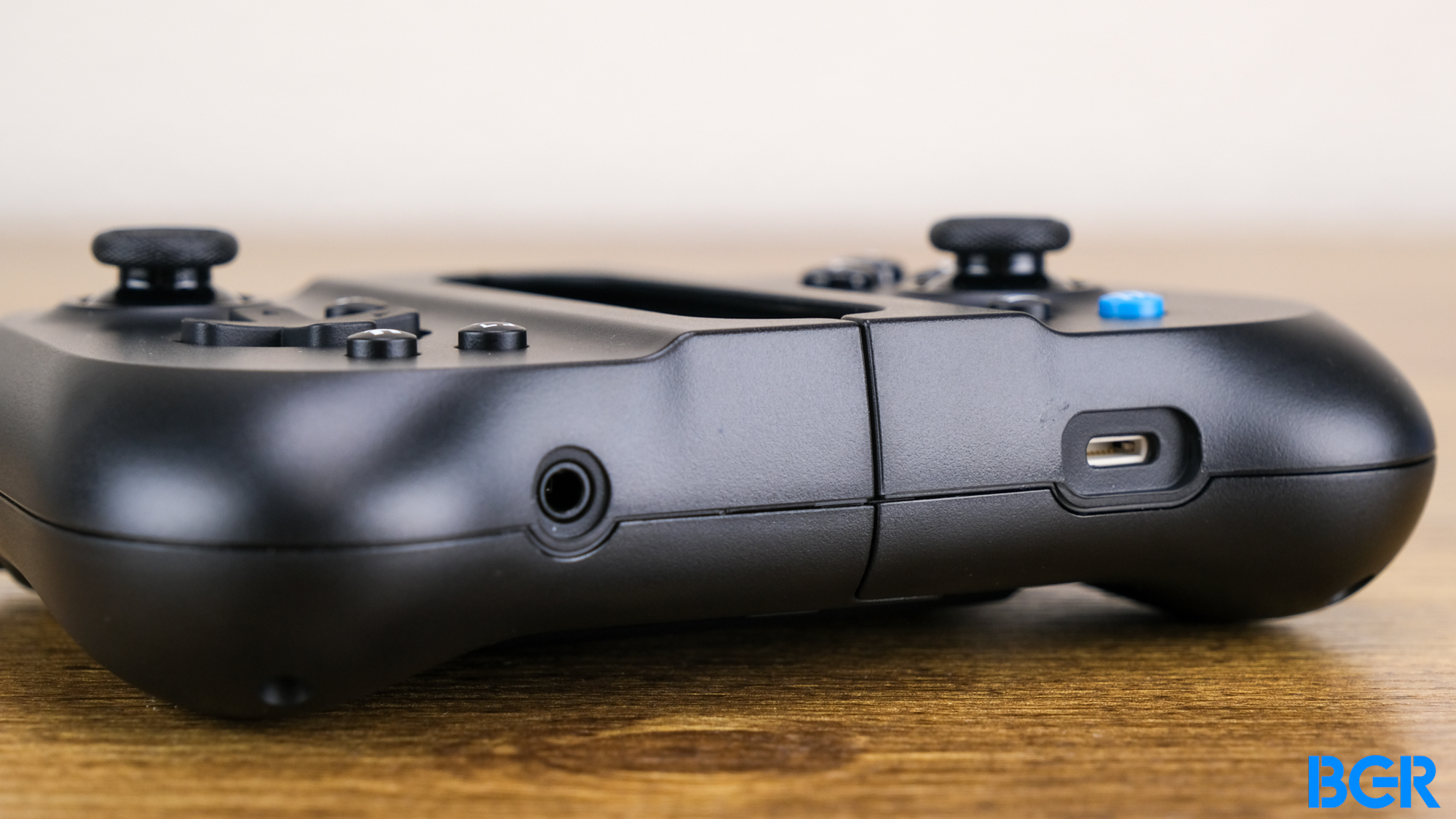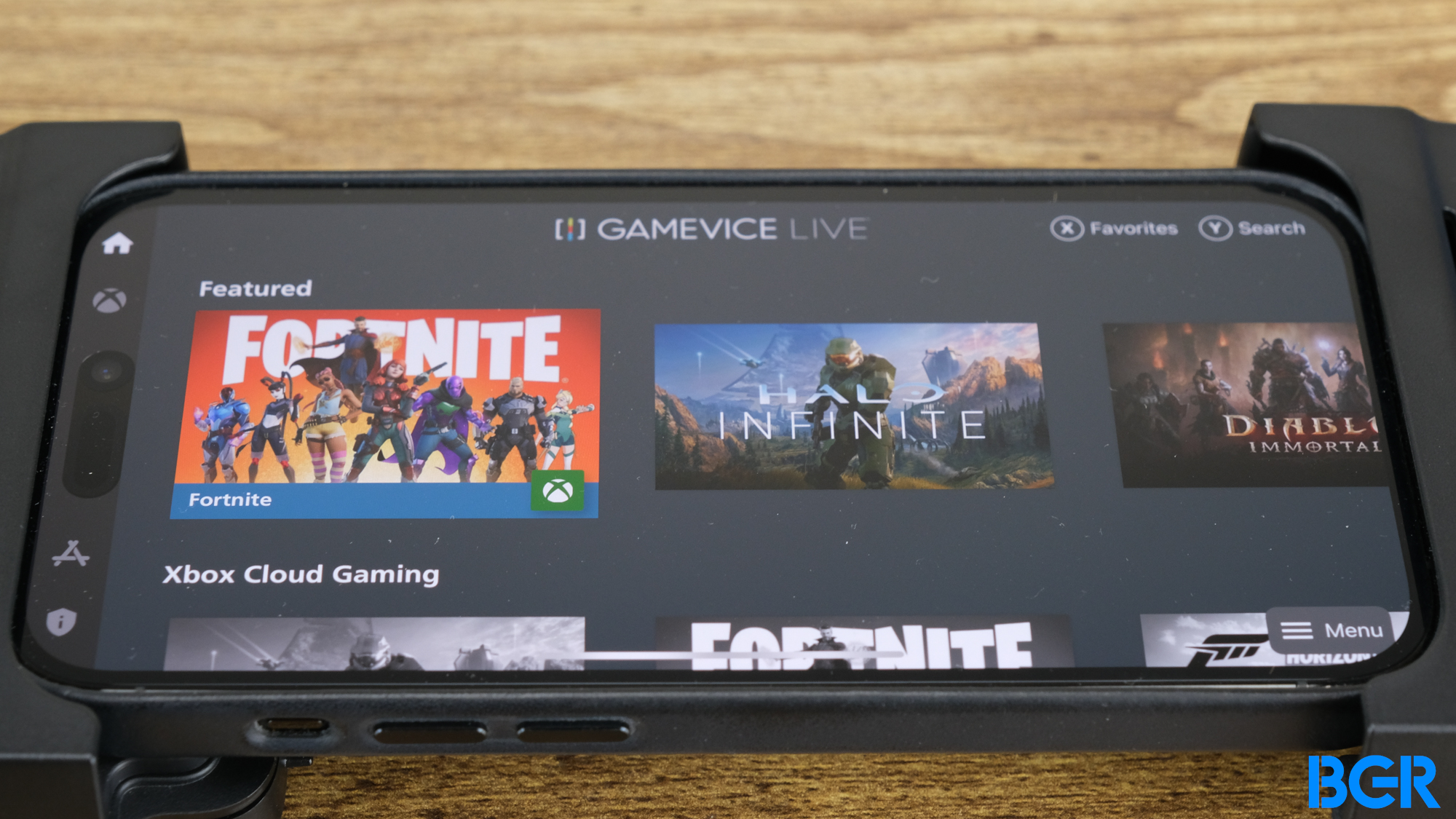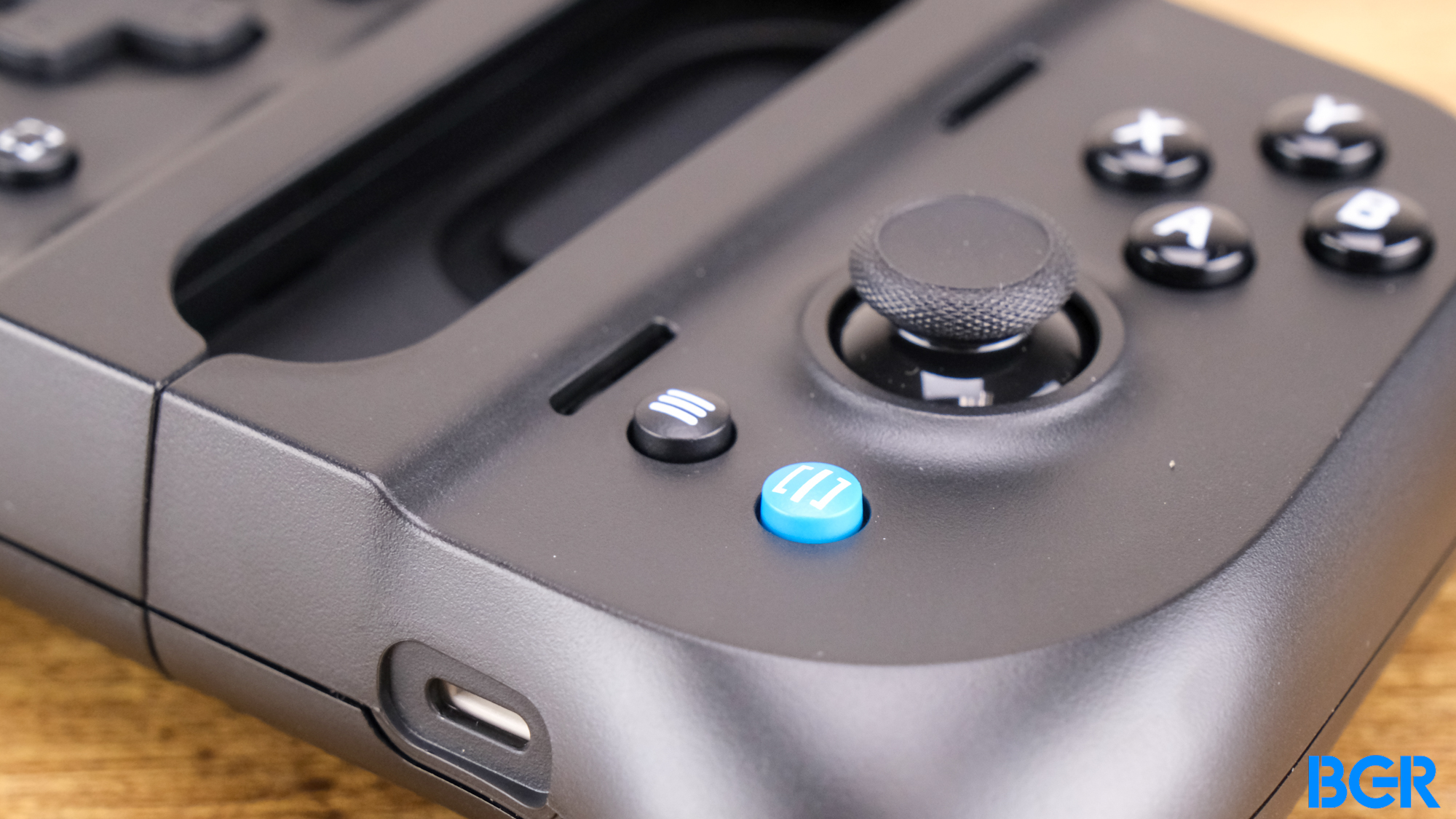Mobile gaming is having a bit of a moment. While locally-processed mobile games are getting better and better, cloud gaming is starting to finally allow gamers to play AAA games processed in the cloud, on the go. And that’s given rise to a new generation of mobile controllers that are versatile, premium, and ready for all types of gaming.
We reviewed the Backbone One a while ago, and found it to be an excellent option for gaming on the go. But it’s not the only mobile controller out there — and the Gamevice Flex is here to prove itself against it.
When we reviewed the Backbone One, we crowned it the “best mobile controller.” Can the Gamevice Flex steal that title early in its reign? I’ve been using it for a while now to find out. Note, we’re reviewing the iOS model — but there’s a near-identical version for Android with USB-C.
Gamevice Flex Review
Rating: 4 Stars
BGR may receive a commission

BGR may receive a commission
Pros
- Well-designed
- Solid build
- Works with tons of games
- Pass-through charging
- Great feeling
Cons
- The app isn’t great
- Not as versatile as the competition
Gamevice Flex design
The first thing to notice about the Gamevice Flex is its design, and you’ll find that the overall design is a little different from that of the Backbone One. The Flex uses elastic to bring the two sides of the controller together when it’s not in use, and while clipping the two sides together can be a little tricky, I prefer this more compact build to that of the Backbone One. That makes it more natural-feeling when there’s not a phone inserted, which is particularly useful when you use the controller sans phone.

On the right side of the controller, you’ll find a lightning connector, and on the left side, there’s a space for the top of the phone. Unlike the Backbone One, this controller allows you to keep your case on your phone while using it. The controller comes with a range of adapters, and it walks you through finding the one that’s right for your phone and case.
The button layout is as you would expect on a traditional controller; there are two joysticks, triggers on the back, and more. You’ll also find a dedicated Gamevice button that brings you into the Gamevice software. There’s also a Lightning port for charging and a headphone jack on the bottom, which are pretty nice additions.

Generally, the design of the Gamevice Flex is high-end and premium-feeling, and I like the fact that the two sides join together more easily here than with the Backbone One.
Gamevice Flex build and feel
Overall, the build quality of the Gamevice Flex is quite good. It feels strong and well-made, despite the use of elastic and plastic in the controller’s construction. That’s good news — it helps ensure that the controller will survive living in a backpack or bag, and will be there when you need it.
The buttons are also great — there’s a little less clickiness than with the Backbone One, but more travel. I actually prefer the Flex here, but not by a lot — both controllers feel great for mobile gaming. Neither of them feels quite as good as an actual DualSense or Xbox Wireless Controller, but that’s to be expected.
Gamevice Flex software
A big part of actually using the Gamevice Flex on a mobile app is using the software, Gamevice Live. This allows you to manage your games, and find new ones, and for finding new ones, it’s not bad.

Generally, however, I found the app to be a little buggy and poorly designed. It hasn’t been updated for newer iPhones — so some of the interface is hidden behind the Dynamic Island. It also failed to add games to the interface, which was an issue: I couldn’t figure out how to add Genshin Impact to the software. This meant I had to launch the game manually each time I wanted to play it.
The Backbone One app was better built and easier to use, plus I encountered fewer bugs. Ultimately, you can still launch games manually, so a not-great app isn’t necessarily a dealbreaker. But I still wish that it was easier to use.
Gamevice Flex device support
Backbone allows you to use the One with the iPad and Mac through a wired connection when you have the Backbone+ subscription. Unfortunately, the same cannot be said for the Gamevice Flex. In other words, you can’t use the Gamevice Flex with devices beyond your smartphone. That’s a bit limiting, and makes it hard to recommend the Flex for any purpose outside of mobile gaming.

It’s a little frustrating to see the limitation too. The form factor of the Flex, after all, means that it could work quite well for more versatile use. If that’s what you need, then the Backbone One might be a better option for you.
Conclusions

Ultimately, the Gamevice Flex is a great mobile controller. It’s well-built, feels good to use, and works with almost any smartphone on the market, as long as you buy the right model. The only real downside is the limited device support — you can’t use it beyond your phone.
But if you need a controller for playing on your phone, then this is definitely a great option. It’s good value for money, too, given the build quality and range of adapters included.
The competition
The obvious competition here is the Backbone One, which we reviewed recently. The Backbone One is a similar price, however, it does offer a range of options for wider device support. That could be an advantage if you need to use the controller with something other than your phone, such as your iPad or Mac. It also offers a much better software experience.
That said, the Flex is still a great option if you just need something for playing on your phone. The build quality is top-notch, the buttons feel great, and it’s a little more portable thanks to its collapsible design.
Should I buy the Gamevice Flex?
Yes, but only if you only plan on using it with your phone, and don’t want the added versatility offered by the Backbone One.